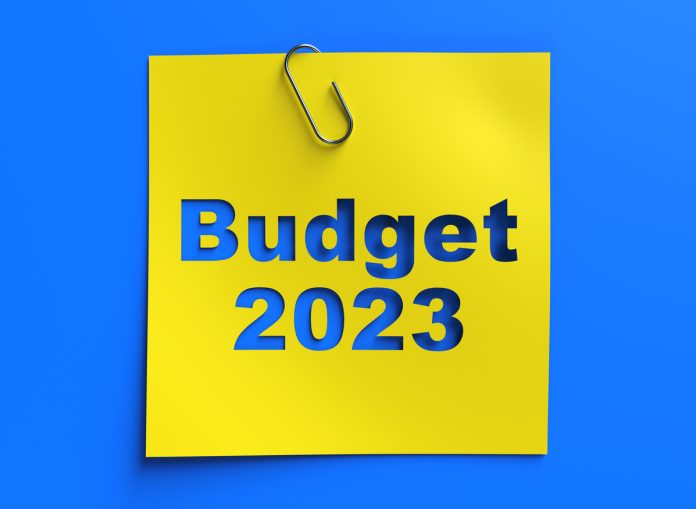Great budgets are born in difficult times. It was the Balance of Payments crisis of 1991 that led to the path-breaking reformist Budget of 1991. That great Budget of the Narasimha Rao Government, presented by the Finance minister Manmohan Singh, initiated the much needed liberalisation of the Indian economy and catapulted the India economy into a higher trajectory of growth, which after three decades, has made India the fifth largest economy in the world. Global economy is in a serious slowdown now. If this slowdown is not to impact India’s growth, we need bold steps. And, this is exactly what the Finance Minister Nirmala Sitharaman has delivered through her all-encompassing growth-oriented Budget. India is the fastest growing large economy in the world now with a GDP growth rate of around 7 percent in FY23. In spite of the ongoing global slowdown, India will continue to be the fastest growing large economy in the world in FY 24, too. Going beyond the short-term, this Budget – the first Budget of Amritkal – sets the tone for India 2047.
Fiscal consolidation
Financial stability is imperative for sustained growth. To achieve macroeconomic stability, fiscal deficit and current account deficits should be under control. The fiscal deficit target of 6.4 percent of GDP for FY23 has been achieved and for FY24 the target has been set at 5.9 percent and the fiscal consolidation glide path sets the fiscal deficit target below 4.5 percent for FY26. This fiscal consolidation will instil a lot of confidence in investors about the India Growth Story.
Massive capex-led growth
To sustain the growth rate in India, it is imperative to increase the capital expenditure. Private capex, though improving, has not really taken off. Therefore, the government has been doing the heavy lifting in capex. The finance minister has given a big boost to capex by raising the capital expenditure in the Budget by 33 percentage to Rs 10 lakh crores from 7.5 lakh crores in FY23. This massive capex will crowd-in private investment and help achieve the GDP growth target of around 6.5 percent for FY24.
Tax relief for the middle class
Tax relief for the middle class will increase the disposable income and boost consumption. From FY24 onwards, there will be a big shift of tax payers to the new ‘no exemption tax regime’ which provide substantial benefit to the middle class. Under the new no exemption tax regime, there won’t be any tax liability for those earning up to Rs 7.5 lakh income a year.
No hike in LTCG tax is a big relief
From the market perspective, the biggest relief is that the much feared hike in the LTCG tax did not materialise. The hyper volatility in the market on the Budget day was more due to the crash in Adani stocks. From the market perspective, this is an excellent budget that has delivered on all counts.
Indian market valuations have been high and FIIs have been selling in India and moving money to cheaper markets like China, Hong Kong and South Korea. The massive sell figure of Rs 20604 crores in the four days before the Budget is a bit intriguing. Perhaps, it has got more to do with the crisis/ shorting in Adani stocks. But, FIIs will have to return to India because India has the best growth and earnings story in Emerging Markets.
Investors should remain invested and continue with systematic investment. High quality stocks which have turned weak in the market turmoil may be accumulated. Ultimately, markets will have to respond positively to good economics.









